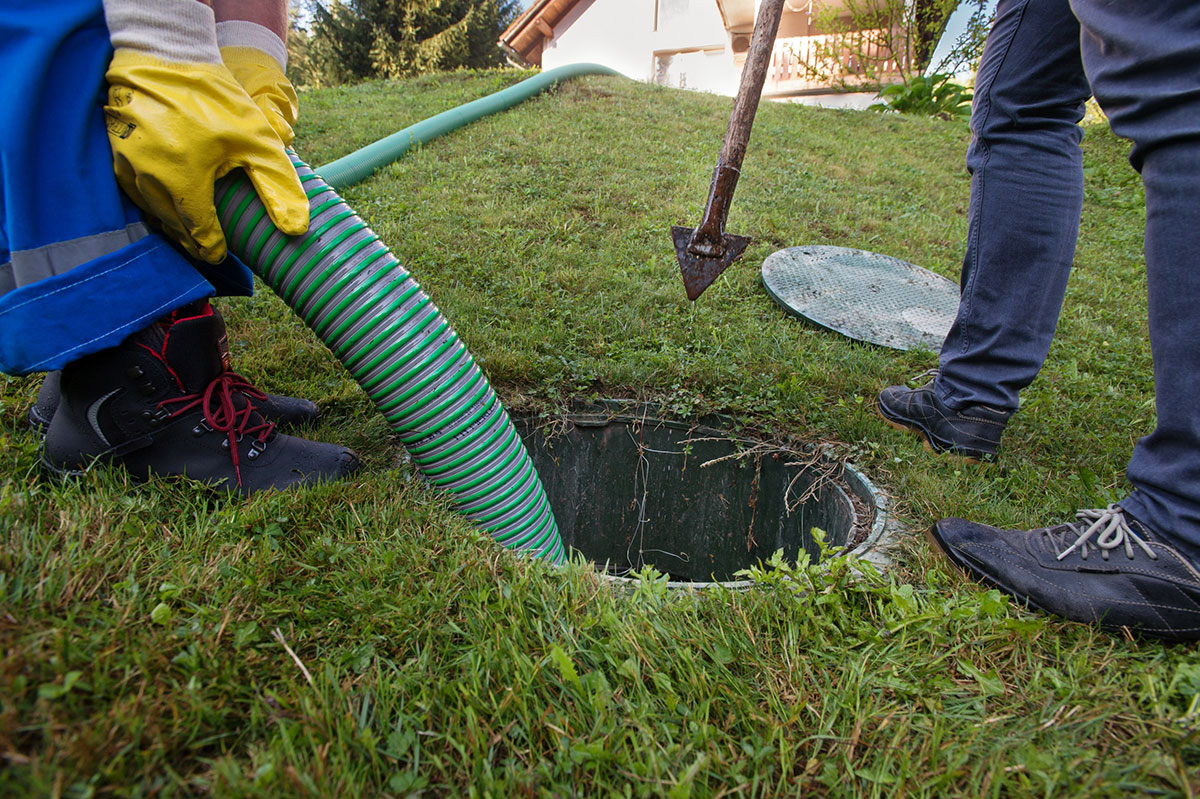Understanding and Repairing Septic Fill Lines: A Guide for the Inexperienced Contractor

Alright, rookies, gather ’round. Today, we’re diving into a topic that’s not glamorous but absolutely essential in the construction world, especially if you’re dealing with residential properties: septic fill lines. Now, if you’re scratching your head wondering what these are, don’t worry. I’m here to break it down for you.
What Are Septic Fill Lines?
First things first, let’s get clear on what septic fill lines are. In a residential septic system, the fill lines are the pipes that carry wastewater from the septic tank to the drain field. These lines distribute the water evenly, allowing it to percolate into the soil where it gets naturally filtered. Over time, these lines can become clogged or damaged, leading to a system backup. And trust me, nobody wants to deal with that mess.
Signs of Septic Fill Line Problems
How do you know when the septic fill lines need some TLC? Here are a few telltale signs:
- Slow Drains: If water is draining slowly in sinks, tubs, or toilets, it could mean a clog in the fill lines.
- Gurgling Sounds: Weird gurgling noises from the plumbing can indicate that air is trapped in the lines due to a blockage.
- Foul Odors: Bad smells around the drain field or inside the house are a big red flag.
- Soggy Patches: Wet, soggy spots in the yard, especially near the drain field, might mean the fill lines are leaking.
If you or your client are experiencing any of these issues, it’s time to roll up your sleeves and get to work.
Steps to Diagnose the Problem
Before you jump into repairs, you’ve got to diagnose the problem correctly. Here’s how:
- Visual Inspection: Start by checking the area around the drain field for any obvious signs of trouble like standing water or strange smells.
- Check the Cleanout: Open the septic tank cleanout and check the level of the liquid. If the tank is full and not draining into the field, the problem is likely in the fill lines.
- Probe the Lines: Use a probe to check the fill lines for any blockages or breaks. This might require some digging, so make sure you’re prepared for a bit of manual labor.
Repair Options
Once you’ve pinpointed the issue, it’s time to fix it. Here are some common methods for repairing septic fill lines.
1. Clearing Clogs
Clogs are one of the most common problems with septic fill lines. Here’s how you can tackle them:
- Hydro Jetting: This involves using high-pressure water to clear out the clogs. It’s effective but should be done carefully to avoid damaging the pipes.
- Mechanical Augers: These are snake-like tools that can break up clogs. You can rent these from most equipment rental shops if you don’t have one.
- Chemical Cleaners: There are specific septic-safe chemicals that can help dissolve clogs. Use these as a last resort, as they can sometimes do more harm than good if not used correctly.
2. Repairing or Replacing Damaged Lines
If the lines are damaged, you might need to repair or replace them. Here’s how to go about it:
- Spot Repairs: For minor damage, you can dig up the affected section and replace it with new piping. Make sure to use the same type of material to ensure compatibility.
- Complete Replacement: If the lines are old and extensively damaged, it might be best to replace them entirely. This involves digging up the old lines and laying new ones, which can be a big job but necessary for long-term functionality.
3. Improving Drainage
Sometimes the issue isn’t with the lines themselves but with the drainage around the field. Here are a few ways to improve it:
- French Drains: Installing French drains can help divert excess water away from the drain field, reducing the load on the fill lines.
- Regrading: Ensure that the land around the drain field slopes away from it, helping to prevent water from pooling and causing issues.
- Soil Replacement: If the soil around the drain field is too compacted or has too much clay, replacing it with more porous soil can improve drainage.
Preventive Measures
Now that you’ve got the lines fixed, let’s talk about keeping them that way. Here are some preventive measures to consider:
- Regular Pumping: Have the septic tank pumped out every three to five years to prevent solids from building up and clogging the lines.
- Watch What You Flush: Educate homeowners about what can and can’t go down the drain. No grease, large food particles, or non-biodegradable items.
- Routine Inspections: Conduct annual inspections of the septic system to catch any potential issues early.
Calling in the Pros
Sometimes, the problem might be beyond a simple DIY fix, and that’s okay. Knowing when to call in a professional is crucial. If the repairs are extensive or you’re dealing with a particularly tricky situation, don’t hesitate to bring in a septic system expert. They have the tools and expertise to handle complex issues and can save you time and money in the long run.
Repairing septic fill lines isn’t the most glamorous job in construction, but it’s a critical one, especially for residential properties. Understanding how to diagnose and fix these problems can save homeowners from a lot of headaches and keep their systems running smoothly. Remember, whether you’re clearing a clog or replacing entire sections of piping, taking a thorough and methodical approach will ensure the job is done right. And as always, when in doubt, don’t hesitate to call in the pros.
Recommended articles
How to Install a Hot Water Heater: A Guide for Everyone
Sewer Pipe Lining – What Contractors and Consumers Need to Know
Stop losing profit.
Build bids in minutes and track every dime with ProfitDig.
Start Risk-Free30-Day Money Back Guarantee